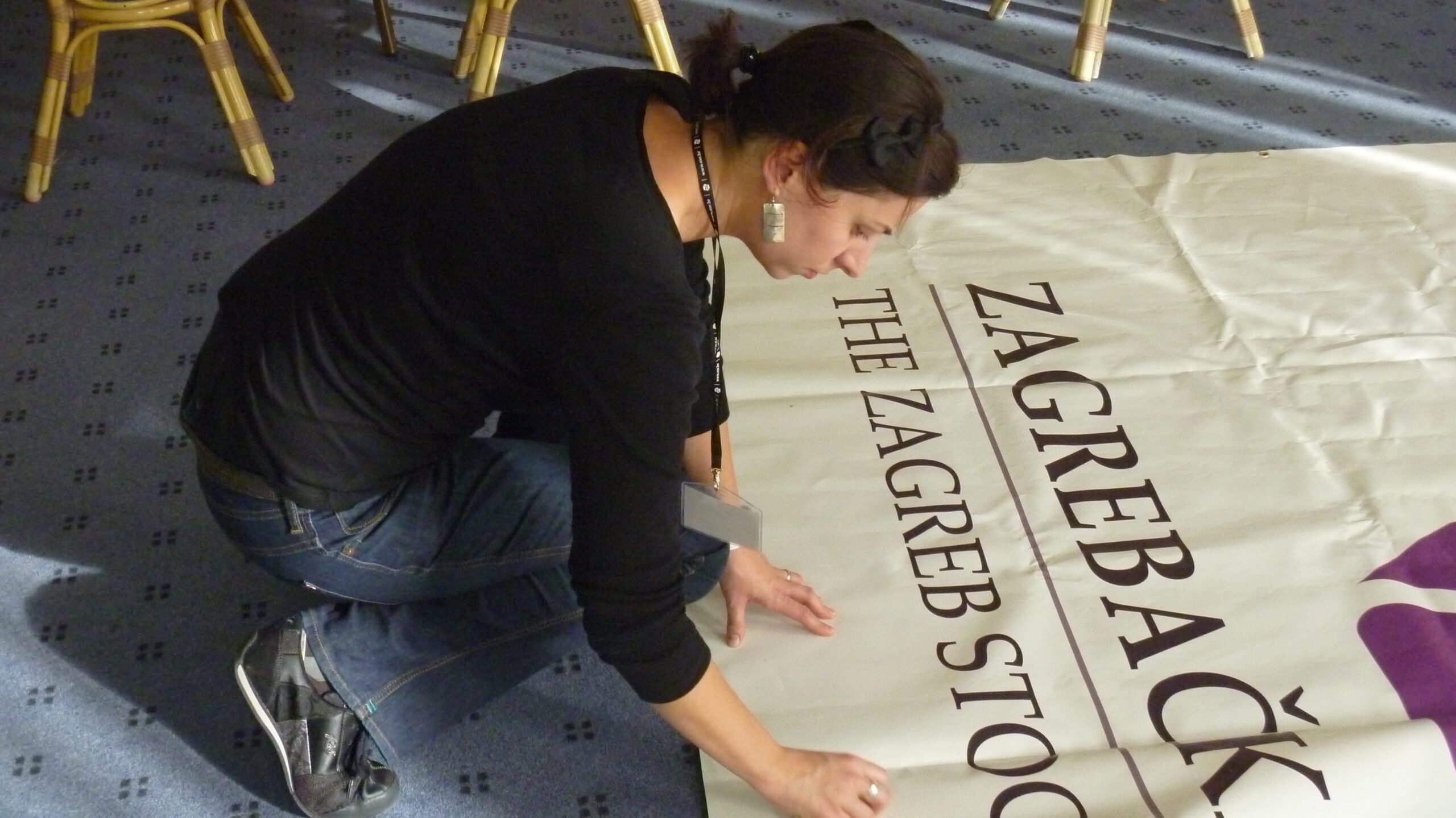Odnos poslodavca prema zaposlenicima vrlo je često u najmanju ruku neobičan, a nerijetko i kontradiktoran. S jedne strane sve pršti od floskula poput “Ljudi su ključ uspjeha” i sl., s druge strane zaposlenici su vrlo često tretirani kao svojevrstan “perpetuum mobile”, hipotetski stroj koji – jednom stavljen u gibanje, ne troši energiju i nastavlja kretanje beskonačno, pritom još obavljajući koristan mehanički rad.
Kada kompanija ima, primjerice, strojeve kao važno sredstvo za rad, o tim se strojevima skrbi, redovito ih se servisira, procjenjuju se rizici proizašli iz eventualnih kvarova, pazi se gdje je točka vršnog opterećenja, brine se da ne dođe do zamora materijala, a ako se stroj nedajože pokvari, odmah se pristupa sanaciji s najvećom pažnjom.
Danas je intelektualni kapital i potencijal neke kompanije možda dominantna vrijednost, a njegovi nositelji upravo su zaposlenici. Zašto se onda prema zaposlenicima ne odnosimo s takvom pažnjom kao prema strojevima?
Izvorni tekst objavljen je na LinkedInu.
Should employees be treated as assets? Absolutely.
“The most valuable assets of a 20th-century company were its production equipment,” said management guru Peter Drucker in 1999. “The most valuable asset of a 21st-century institution, whether business or non-business, will be its knowledge workers and their productivity.”
Human resources.
I hear (and use) the term so often yet never have stopped and thought about that syntagm.
“Our strength is our people.”
“Our employees are our most important asset.”
“Our employees come first.”
“We’re only as strong as our people.”
Are people really resources? Or asset? Maybe capital?
Those terms are often alternated still merely variations of the same mental construct.
Human asset and human capital sound more bureaucratic, harsher, more depersonalized, while resources are trying to demonstrate a softer, more humane note.
Some of the opponents of these terms are not pleased with this concept. “Asset” revokes ownership and immobility.
“Capital” seems so reduced to mere economic interpretation. Not necessarily a bad interpretation.
English economist Arthur Cecil Pigou wrote in 1928: “There is such a thing as investment in human capital as well as investment in material capital”. Invest in it and it will generate returns.
“Resources” – milder yet somewhat consumable. Useful though usable. You use it up and they are gone. Some critics find this wording offensive claiming that people are not productivity factors and that the term is used to distance from challenging choices that have an impact on employee’s lives. Nevertheless, some resources – water, air, even time – are truly valuable and we are all aware that they must be used carefully.
I would say that none of the terms is truly offensive by itself. In spite of the opponents of those concepts, all of those have some positive connotations as well.
It seems that the problem occurs when we name people assets but treat them like expenses. On the balance sheet people can be “found” only as costs, expenses and liabilities.
Let us truly manage people as assets.
Training? Vacation days? Wellbeing solutions? Consider it an investment to boost productivity and get higher Return on Employee Investment (ROEI).
Essentially, treat human assets as, let’s say, equipment: invest in them, provide regular inspection, testing, measurement and adjustment. If an equipment fails, one would probably try to fix it first and would not throw it away immediately.
And we should always have in mind one fundamental difference – assets do not leave if they are not treated right.



